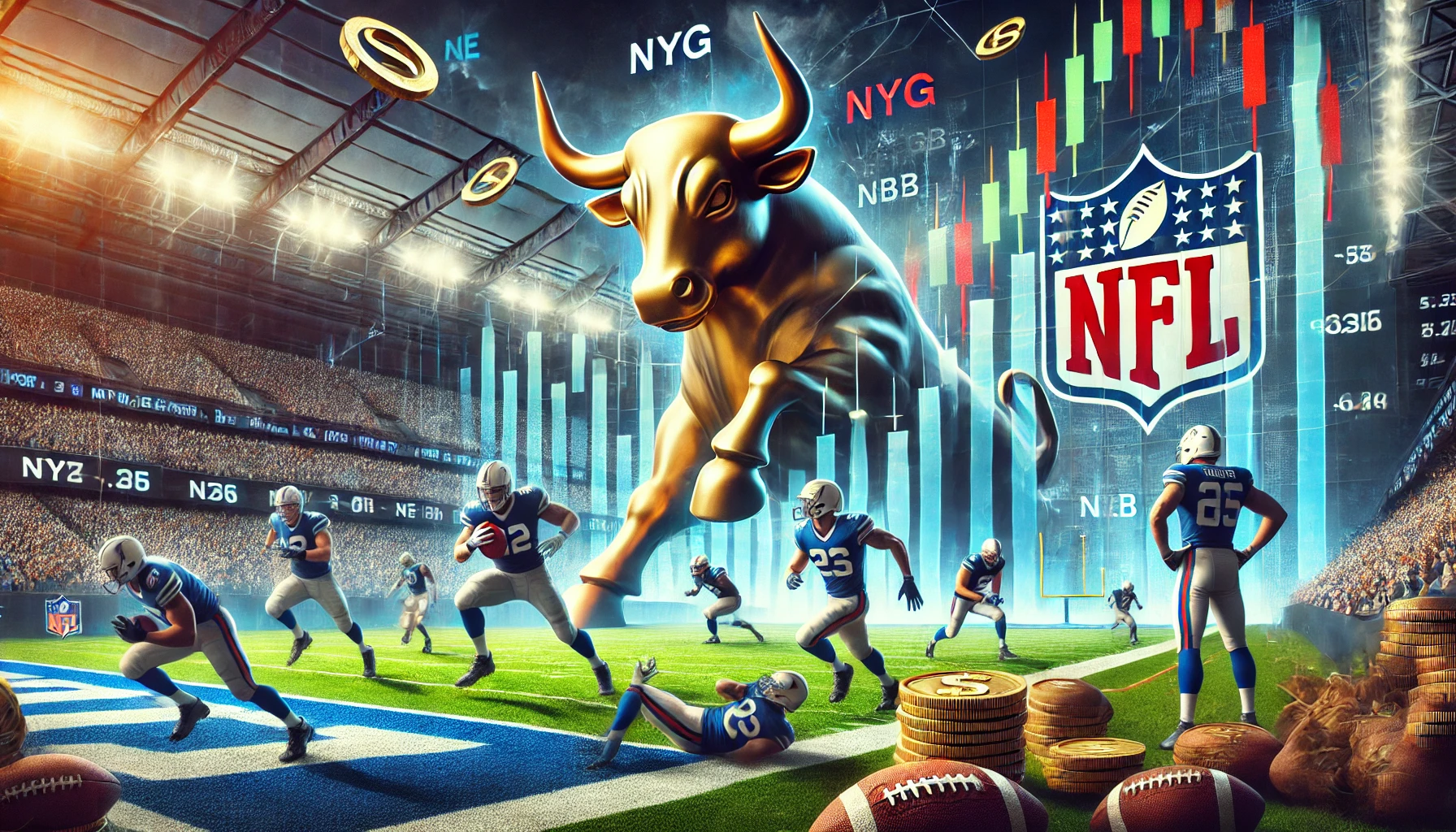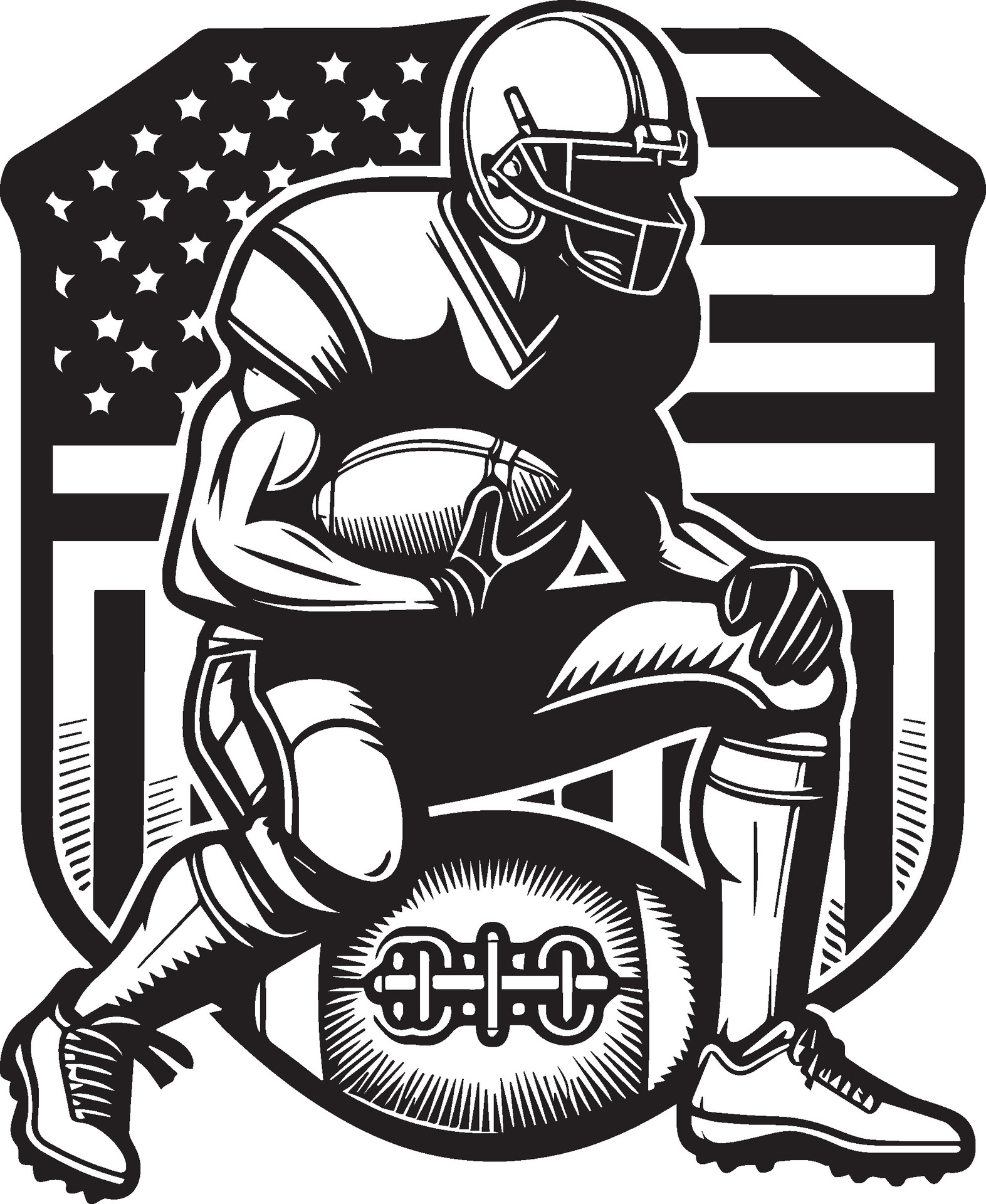The Super Bowl Indicator: How NFL’s Biggest Game Could Signal Market Moves in 2025
The Super Bowl Indicator: How NFL’s Biggest Game Could Signal Market Moves in 2025

And just like that, football season is nearing its end, and soon, the NFL will crown its new Super Bowl champion. As Super Bowl LIX approaches, Wall Street turns its attention to one of the market’s most fascinating phenomena: the Super Bowl Indicator. This surprisingly accurate predictor suggests that when an NFC team wins, the stock market tends to rise, while an AFC victory often precedes a market decline. With an astounding 80% historical accuracy rate, this year’s matchup carries extra weight amid 2025’s market uncertainty.
Whether you’re a market analyst or a football fan, Super Bowl LIX isn’t just about touchdowns and commercials—it could signal significant market moves ahead. This article explores the Super Bowl Indicator, how it has been shaped by popular psychology, its role in market sentiment, and what kind of changes traders can expect this year.
Understanding the Super Bowl Indicator
The Super Bowl Indicator has maintained an intriguing 80% correlation rate with market performance since its discovery in 1978 by Leonard Koppett. According to this theory, when a team from the original NFL (now NFC) wins, the S&P 500 historically rises for the year; conversely, a victory by a team from the original AFL (now AFC) often precedes a market decline.
While skeptics rightfully argue that correlation does not equal causation, the indicator’s statistical significance cannot be entirely dismissed—it has correctly predicted 42 out of 53 market years.
Modern analysis suggests this phenomenon may reflect broader economic patterns, as Super Bowl outcomes often mirror consumer confidence and spending habits. The indicator’s relevance today is less about predictive power and more about mass psychology and consumer sentiment, particularly given the game’s massive cultural and economic footprint. With Super Bowl advertising costs hitting $7 million per 30-second spot in 2025, the event remains a powerful barometer of corporate confidence and consumer engagement.
Popular Psychology: The Swift Effect
Whether we realize it or not, we are constantly influenced by how we spend our money, time, and attention. With AI-driven ads increasingly targeting our needs and desires, it’s easy to question just how much of our decision-making remains free will.
The connection between the Super Bowl and market behavior runs deeper than just statistics—it taps into fundamental mass psychology, influencing both investor behavior and consumer spending.

When consumers feel optimistic about their financial future, they are more likely to spend on Super Bowl-related activities, from purchasing team merchandise to hosting game-day parties and placing bets. This behavior often correlates with bullish market conditions.
This psychological effect is even more pronounced in 2025, thanks to the Taylor Swift effect—her presence has attracted new demographic groups to NFL viewership and influenced consumer behavior in ways that extend beyond football. The cultural convergence between sports fans, Swift’s followers, and market participants has created a unique psychological backdrop that could impact consumer spending and investor sentiment well beyond game day.
The “Swift Effect” has already driven NFL viewership to record highs, with the pop star’s presence at Kansas City Chiefs games boosting TV ratings and consumer engagement. Companies recognize this power, which is why they are willing to spend record amounts on Super Bowl advertising. These psychological factors make the Super Bowl more than just a sporting event—it becomes a barometer of collective economic confidence.
Key Market Sectors Poised for Super Bowl Impact
The Super Bowl’s market influence extends beyond the final score, creating significant opportunities across multiple sectors:
- Media & Broadcasting – Companies like Paramount (CBS) and Disney (ESPN) typically see stock movement based on viewership numbers and ad revenue.
- Sports Betting & Fantasy Leagues – Platforms like DraftKings and FanDuel experience higher activity leading up to the game, driving potential gains.
- Digital Advertising & Tech – Giants like Meta and Alphabet capture substantial ad revenue from game-related campaigns, with 2025 Super Bowl commercial slots commanding $7 million per 30 seconds.
- Hospitality & Live Events – Companies like Live Nation and major hospitality REITs benefit from increased bookings and game-related tourism.
- Security & Infrastructure – Firms providing event security, logistics, and concessions experience increased business in the weeks surrounding the event.
Consumer Spending Winners
It’s not just about the game—half of the Super Bowl audience watches for commercials, halftime performances, and celebrity appearances or simply as an excuse to throw a party.
The Super Bowl historically drives significant movement in consumer discretionary stocks, particularly in the days following the game:
- Beverages & Snacks – Companies like Molson Coors and PepsiCo often see stock bumps after launching successful Super Bowl ads.
- Food Delivery & Dining – Brands like Chipotle and DoorDash experience ordering surges after game-day promotions.
- Sports Apparel & Merchandise – Companies like Nike and Under Armour benefit from championship merchandise sales.
- Restaurant Chains – Fan engagement drives revenue for Buffalo Wild Wings and Pizza Hut.
Analysis of past Super Bowls shows that brands receiving positive social media reactions to their game-day ads often see a 2-3% stock price increase in the following trading week. Given the record-breaking viewership expected this year, consumer discretionary plays could experience even stronger post-game performance.
Trading Strategy & Opportunities
For many football fans, Super Bowl Sunday is a sacred holiday—a day to turn off their devices and focus on the game. However, prudent traders will keep a close watch on market movements leading up to and following the event.

Key Trading Considerations:
✅ Pre-Game Positioning – Anticipate sector rotation plays based on consumer sentiment and advertising impact.
✅ Market Sentiment Analysis – Look at viewership metrics, social media trends, and consumer spending reports.
✅ Short-Term vs. Long-Term Plays – While short-term volatility is likely, consider the longer-term impact on media, entertainment, and consumer brands.
Strategic traders can leverage options plays to capitalize on potential market volatility while balancing risk vs. reward. Key focus areas include:
- Tracking economic indicators leading up to the event
- Identifying sectors poised for post-game movement
- Developing investment approaches that account for both short-term reactions and longer-term trends
As investors prepare for Super Bowl weekend, this unique intersection of sports, psychology, and market behavior presents compelling trading opportunities.
Capitalizing on Super Bowl Market Trends
The Super Bowl Effect presents a rare trading opportunity for those who understand the psychological drivers behind market sentiment.
📊 Action Steps for Traders:
✔ Create a watchlist of high-impact stocks and sectors
✔ Track real-time market data before and after the game
✔ Stay flexible and adjust investment strategies based on market sentiment shifts
The most successful traders will combine data-driven insights with a proactive, adaptive strategy to turn Super Bowl market volatility into financial opportunities.
For those looking to refine their trading strategies, Trade Ideas provides:
🔹 Comprehensive market analysis tools
🔹 Real-time trading insights & stock races
🔹 Expert guidance to help navigate dynamic market conditions
💡 Gain the edge in 2025’s Super Bowl market plays—start tracking trends now!
